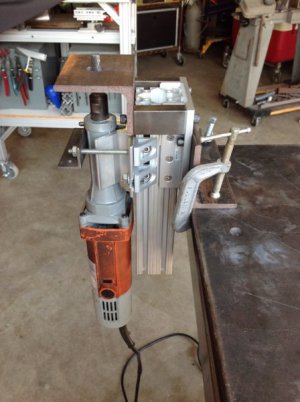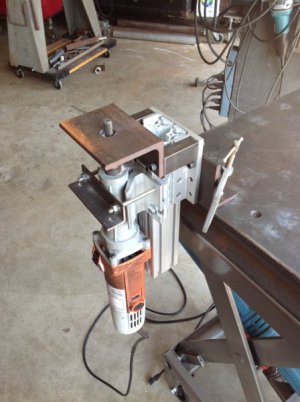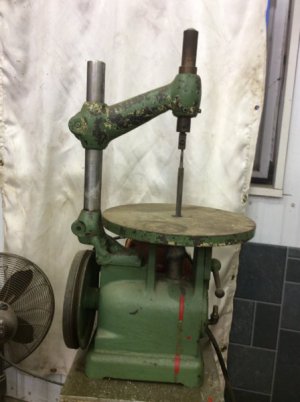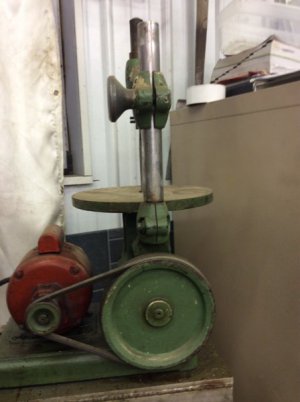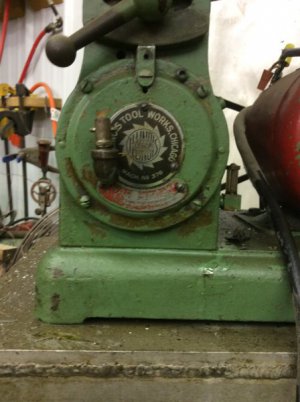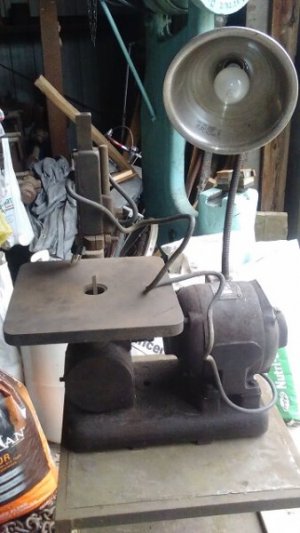- Joined
- Feb 9, 2017
- Messages
- 5,248
I got intreagued by the idea of a die filer when I saw how somebody took a table top jig saw and adapted it to a filer. But being cheap and also heeding the admonishment that you don't want to try and take a lot of material off with it or any die filer I moved to a different solution. I mounted my die grinder in an adjustable mount using 80/20 and slowing it down with a router speed control. For me it's ideal and I didn't have to buy anything.
